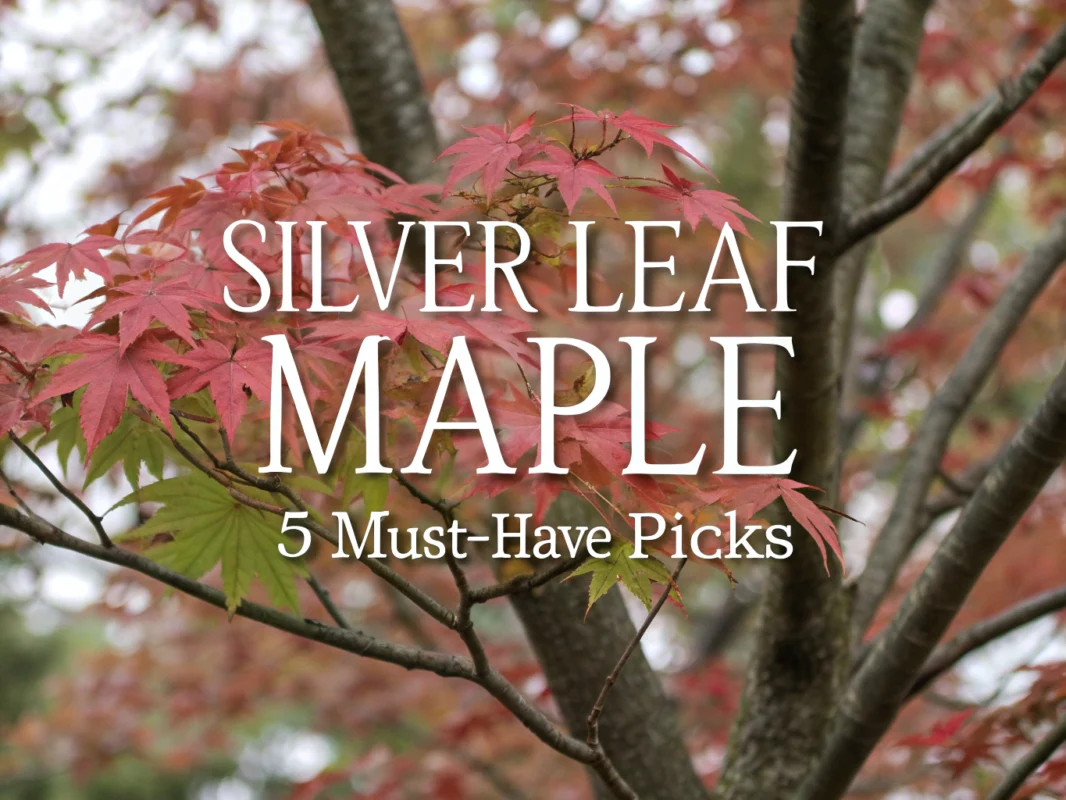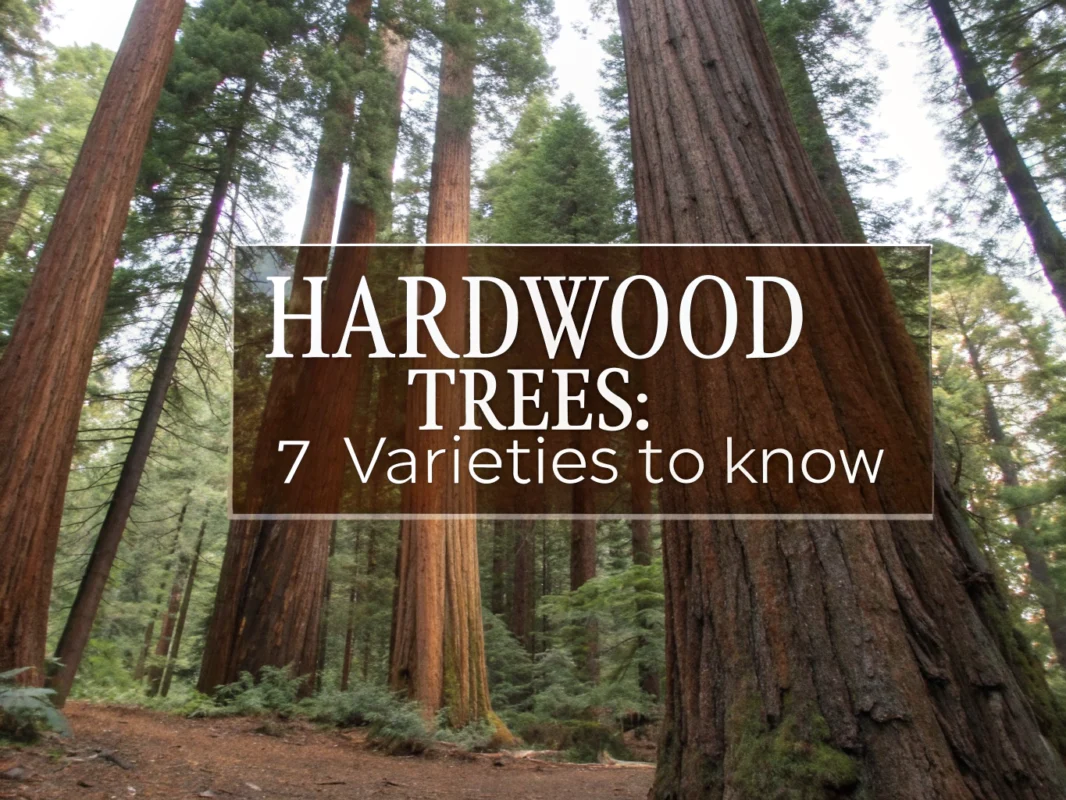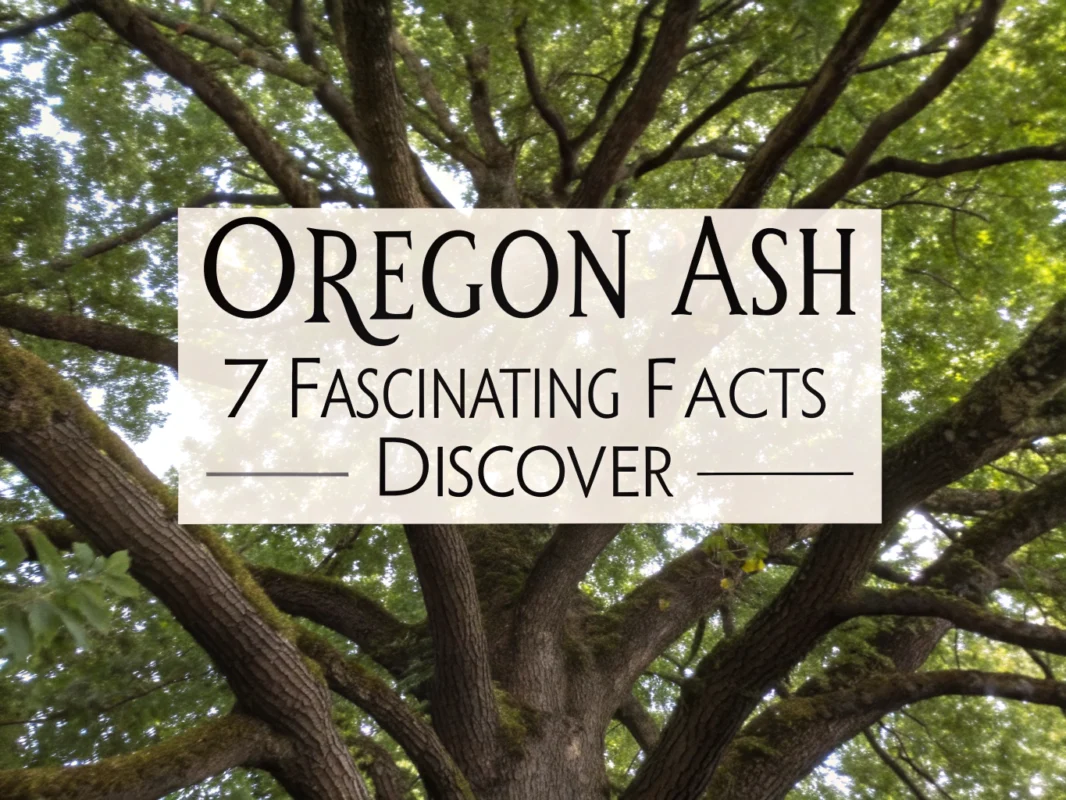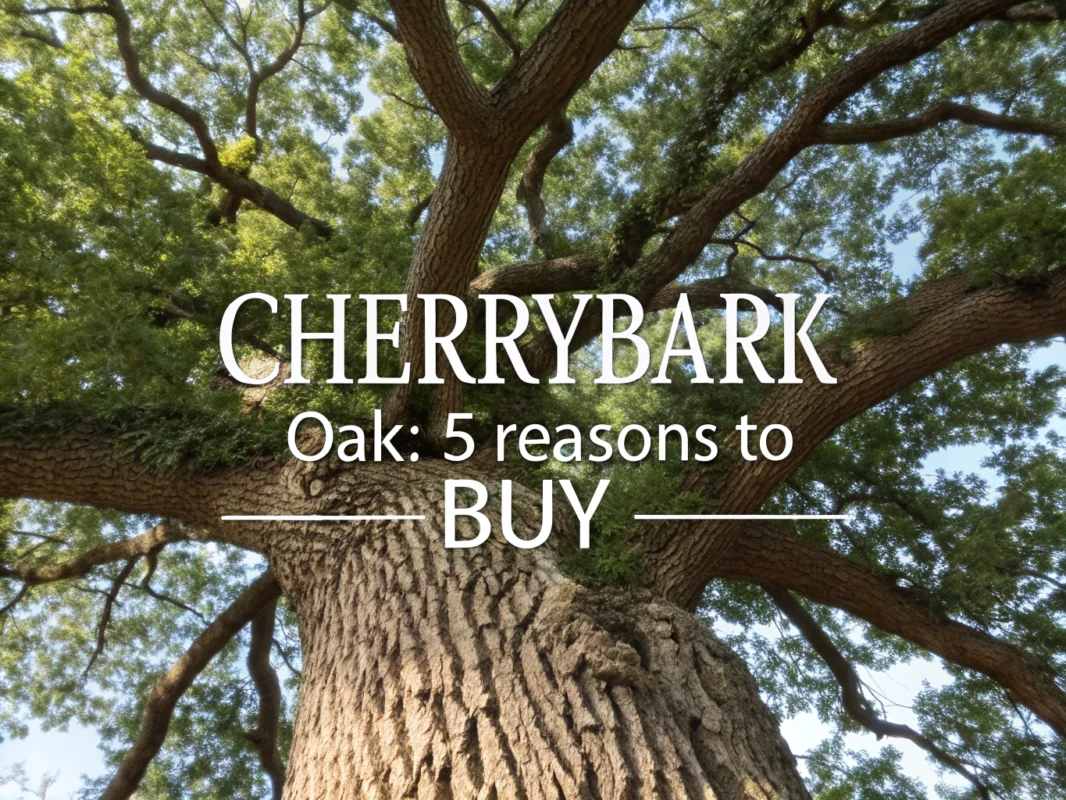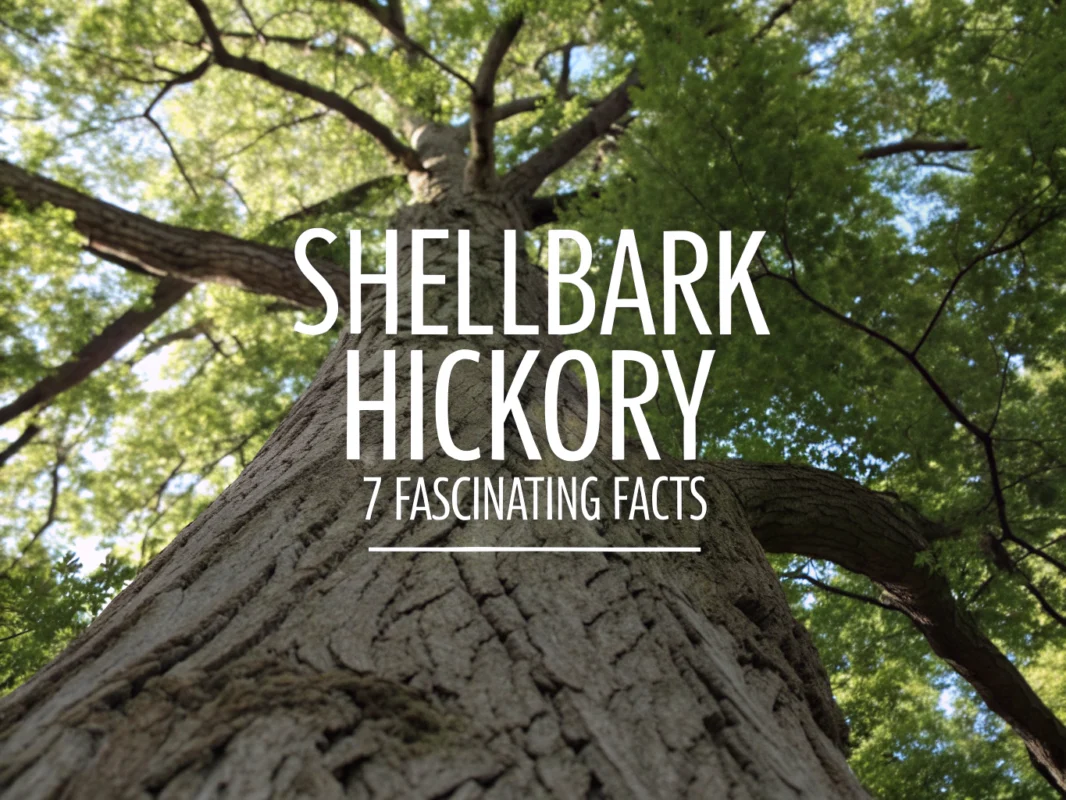
Wormy Chestnut: 5 Fascinating Facts That Wood Lovers Should Know

Did you know a blight wiped out an estimated four billion American chestnut trees last century? That loss left behind wormy chestnut—board faces marked by tiny beetle holes and dark streaks. Today most pieces come from barns and mills saved from that era. In this guide, we clear up myths, show how this chestnut wood looks and lasts, and explain why it differs from chestnut oak. Ready to pick smart sources and project ideas? Let’s start.
Table of Contents
Wormy chestnut is reclaimed American chestnut lumber marked by insect borings that followed a blight, giving each board a rare, storied fingerprint of holes, streaks, and color shifts. I’ll show how this character came from tragedy, why supply is scarce, how it performs in projects, and the best alternatives if you can’t source the real thing.
1. Blight-made origins of the wormy chestnut
Chestnut blight history
The term “wormy chestnut” starts with the chestnut blight that swept through North America in the early 1900s. The fungus killed mature American chestnut trees across their range, toppling a once-dominant species and leaving behind huge stands of dead trunks.
As forests changed, loggers salvaged standing dead trees and abandoned timbers, giving rise to lumber riddled with beetle tracks and dark mineral streaks. The scale is hard to overstate—estimates point to the loss of billions of trees, a collapse that reshaped rural economies and building practices according to the Wood Database.
Those infected stands turned into a unique material stream that builders later prized for its texture and patina. From barns to schoolhouses, the rescue work of sawing and stacking “buggy” boards carried the species’ story into homes and shops.
Beetle-bored wormhole patterns
Insects moved into the dying trunks and left behind small holes, pin marks, and short tunnels. Over time, oxygen, metal fasteners, and moisture added dark streaks and color variation, turning each plank into a map of its past.
Look closely and you’ll see tight clusters of fine pinholes that run with the grain, not across it. That pattern reflects beetles working through softer earlywood bands, leaving a peppered look rather than large voids; larger voids usually come from later decay or former nail locations in reclaimed boards.
The surface may also show oxidized nail halos and saw marks from old mills. These clues tell you the board lived a “second life” as siding, floor, or framing, and they bring a historic vibe that’s hard to replicate with new lumber.
American chestnut context
Before the blight, American chestnut was a cornerstone of eastern forests, feeding wildlife, supporting farms, and supplying light, rot-resistant timber. After the die-off, only stump sprouts persisted, which rarely reach maturity in infected zones, making true chestnut lumber a relic of earlier logging and careful salvage.
That context explains why wormy chestnut is scarce, valuable, and often reclaimed from barns, factories, and civic buildings. You’re buying both material and history, a story that continues in every project.
2. Rare reclaimed chestnut wood, not a species
Not a new species
“Wormy chestnut” isn’t a separate species; it’s American chestnut that shows bug holes and discoloration acquired after the blight. Sellers sometimes mix terms, but the correct meaning refers to this particular historic material, not any random holey board.
Functionally extinct supply
In modern forests, American chestnut seldom matures, so fresh sawlogs are rare. That leaves the market dependent on legacy boards saved from old structures or standing dead trees, which were milled decades ago and stored by collectors and small yards.
Salvaged, reclaimed sources
Most wormy chestnut you’ll find today comes from deconstruction of barns, mills, and farmhouses built before mid-century. Yards sort boards by character: tight pinholes, wider nail holes, mineral streaks, and original saw kerfs. Kiln runs and metal detection help prepare stock for woodworking without wrecking planers.
Good suppliers will document provenance, species verification, and typical defect rates. Shops focused on antique chestnut—such as the long-running reclaimed specialists at Appalachian Woods—often list board widths, surface condition, and hole density so buyers know what character to expect on delivery.
Cultural heritage value
This material connects projects to a defining North American forest story. I’ve seen homeowners pick it for mantels or entry walls because the texture sparks conversation about conservation, old-time carpentry, and the resilience of reclaimed wood.
Tip: Ask for photos of both faces and edges before purchasing reclaimed chestnut. Pinholes on one face could be sparse on the other, and edge checking tells you how much thickness you’ll lose in surfacing.
3. Distinctive look with lasting durability
Wormholes, streaks, saw marks
You’ll typically see a honey-to-caramel base with darker brown streaks and scattered pinholes. Many reclaimed boards keep old saw chatter and nail stains that accent the patina, so finished surfaces feel layered, even before any stain or oil.
Because boards come from many structures, color shifts between planks can be striking. I like to pre-sort by tone and hole density, then lay out patterns that interleave lighter and darker pieces for balance, especially on large floors and wainscot runs.
Rustic reclaimed appeal
Designers lean on wormy chestnut to anchor modern spaces with warmth. Those tiny voids scatter light, and the open grain reads classic and approachable, which pairs nicely with plaster, brick, leather, and matte black metal.
If you’re mixing species, chestnut’s color and texture sit nicely next to white oak wood and blackened steel. For contrast on accent pieces, I’ll sometimes add maple or slate—smooth finishes alongside chestnut’s character amplify the old-new tension.
Durable for projects
Even after decades, well-sourced wormy chestnut holds up. It works a lot like light-weight oak: medium hardness, decent split resistance, good stability. Pre-fill holes on table tops and stair treads; leave them open on wall work where dust won’t collect.
Because reclaimed stock varies, many sellers finish-dry boards before shipment. If you’re milling rough stock, I recommend a controlled drying step (see kiln-dried wood) so your final dimensions hold through seasonal changes and finish cures evenly across defects.
For finishes, hardwax oil and satin waterborne topcoats both work well. Penetrating oils bring out contrast in the streaks; waterbornes keep color closer to raw. Always test on offcuts, since wormy boards often absorb finish at different rates across latewood, earlywood, and old nail tracks, as sellers like Superior Hardwoods demonstrate in their chestnut flooring features.
4. Economic shock and ecological ripple effects
Salvage-era economic impact
As chestnut fell, rural families and small mills found use for dead and dying timber. That salvage work created a market for “defected” boards that would’ve been discarded in normal times, putting value back into communities starved of healthy trees to cut.
The practice also shaped a new aesthetic: blemishes as features. Craftspeople embraced nail stains, worm tracks, and mismatched tones, and that taste for story-rich material carried forward into today’s reclaimed design movement.
Forest losses scale
The die-off reached across the Appalachian range and into New England, erasing a cornerstone mast species. Historical summaries and supplier archives report losses on the scale of billions of trees, an event that still frames sourcing realities for genuine wormy chestnut; you mostly see it in special orders, private caches, and building teardowns featured by outlets like Mr. Timbers.
Beetles and other hosts
Insects that exploited weakened chestnut also use other hardwoods. That’s why you’ll encounter pin-mark patterns in oak, maple, and walnut—sometimes labeled as “character” or “antique” grades—created by different bugs but producing a similar visual effect on the finished board.
This cross-species activity seeded today’s appetite for “flawed” beauty. Buyers learned to read marks as history, not defects, and many makers kept that mindset even after chestnut itself became scarce.
5. Not chestnut oak; meet true alternatives
Chestnut oak vs wormy chestnut
Chestnut oak is a different tree, a member of the red oak group with coarser texture and heavier weight. It’s a fine lumber in its own right, but it won’t magically look like wormy chestnut unless it’s processed as a “character” grade with knots, checks, and saw marks added for style.
If a seller presents “chestnut oak wormy chestnut,” ask clarifying questions. Verify species, hole origin, and whether the boards are reclaimed or newly milled; they’re not the same thing, and the price should reflect that difference.
Eucalyptus wormy chestnut
In Australia, “wormy chestnut” is a trade name for certain eucalyptus species (often Messmate, Silvertop Ash, and others) that show pin marks and color variation. It’s a separate material with its own strengths, regularly used for flooring and interior joinery, as outlined by Bombora Custom Furniture.
You’ll get similar visual interest—straw to honey tones with scattered pinholes—but the working properties differ from American chestnut. Expect a denser, tougher cut with strong wear resistance, suitable where traffic is heavy and you need more hardness.
Availability and sourcing
True wormy chestnut is mostly reclaimed stock or old inventory, so quantities are limited and grading varies. Eucalyptus “wormy chestnut” is more available at scale, making it practical for large floors and commercial interiors where uniform supply matters.
For a U.S. project, I’ll price three paths: 1) genuine reclaimed chestnut for focal areas, 2) an oak or eucalyptus stand-in for larger expanses, and 3) a character maple feature like ambrosia maple or spalted maple wood on accents. Mixing species keeps costs grounded while reserving the rarest boards for the spaces that matter most.
| Feature | Wormy Chestnut (American) | Chestnut Oak | “Wormy Chestnut” (Eucalyptus) |
|---|---|---|---|
| Source Tree | American chestnut (Castanea dentata) | Quercus species (oak group) | Eucalyptus species (e.g., Messmate) |
| Typical Look | Pinholes, dark streaks, reclaimed patina | Coarse grain, fewer “worm” marks unless character-graded | Straw/honey color, pin marks, cleaner modern feel |
| Rarity | Very scarce; mostly reclaimed | Common domestic hardwood | Commercially available in volume |
| Main Uses | Flooring, panels, furniture, décor | Flooring, exterior trim, furniture | Flooring, interior joinery, panels |
| Workability | Moderate hardness; stable; easy to machine | Harder, heavier; open grain; takes stain well | Harder wear layer; machines clean with sharp tooling |
Popular projects and products
Flooring projects
Reclaimed chestnut floors make spaces feel grounded and warm. I like 5–8 inch widths for a classic look and a light bevel to hide minor height differences between boards; fill larger holes before finishing to keep grit out of the cavities.
Subfloor prep matters: flatten to within 3/16 inch over 10 feet. Acclimate boards in the install area, run a dehumidifier if needed, and plan a gentle sand to preserve saw marks. Penetrating oil-hybrid finishes give a low-sheen glow that fits the wood’s story.
If your space needs radiant heat or unusually dry conditions, consider using reclaimed chestnut for borders and stairs while specifying more uniform stock in main fields. That approach saves the premium boards for where eyes linger and foot traffic hits hardest.
Accent walls
A feature wall in chestnut instantly changes a room. I pre-sort by color and hole density, install over furring strips or a plywood backer, and use a subtle sheen finish so light glides across the grain without glare.
On high walls, mix full-length boards with shorter pieces to break repeating seams. Keep outlet and switch spacing in mind so plates land cleanly between holes and checks, and scribe planks to trim for a craftsman finish.
Furniture builds
Wormy chestnut shines on tabletops, cabinet faces, and benches. Stabilize splits with bowties, then fill pinholes with a clear epoxy or leave them open for texture; both choices look right depending on the piece’s use and cleaning needs.
For joinery, pocket screws behind aprons and floating tenons in rails keep things tidy around holes. If the board face has a cluster of voids, move that area to low-wear zones like aprons or case sides and use the cleanest sections for tops and door fronts.
Architectural elements
Mantels, stair treads, beams, and door casings benefit from chestnut’s tone and texture. For mantels, I prefer a mid-brown oil that deepens streaks while keeping glow; for stair parts, I pre-fill larger voids and lock in a satin urethane for abrasion resistance.
If weight matters, box-beam builds with mitered corners deliver the look without the heft. In kitchens, use chestnut selectively—pantry doors, floating shelves, and a vent hood panel—so the grain rhythm doesn’t overwhelm a small room.
Below are several small-format products I recommend for DIY panels, casework, and detail work. Each option showcases the signature wormy character and suits hobby tools and small shops.

Wormy Chestnut Planks, 10 Sq Ft Project Pack
- Authentic chestnut with rich wormy character for rustic charm
- Ideal for accent walls, ceilings, furniture, and DIY builds
- Easy to cut, sand, and finish to your style
- Durable wood adds warmth and natural grain
- Convenient 10 sq ft bundle for compact projects

Wormy Chestnut Veneer 8 x 11, Paper Backed A Grade
- Paper backer adds stability for smoother application
- Thin 1/40 in veneer wraps curves and edges
- Distinct wormy figure elevates small projects
- Ready to cut, sand, and finish as desired
- Works with common contact and PVA adhesives

Wormy Chestnut Veneer 5.5 x 49, Raw A Grade
- Raw no backing sheet for traditional veneering
- Sturdy 1/32 in thickness allows light sanding
- Long run ideal for stiles rails and panels
- Natural worm tracks and color variation for depth
- Suitable for vacuum press clamp or cold press glues

Wormy Chestnut Veneer 10 x 55, Raw A Grade
- Raw no backing sheet for traditional veneering
- Generous 10 x 55 size covers larger panels
- 1/32 in thickness for strength and workable sanding
- Character rich wormy grain for a rustic look
- Great for doors tabletops and custom cabinetry

Wormy Chestnut Veneer 7 x 34, Raw A Grade
- Raw no backing sheet for traditional veneering
- Handy 7 x 34 size for drawer fronts and accents
- 1/32 in thickness for durability and control
- Unique worm marks and color variation add interest
- Pairs well with vacuum press or clamp methods

Wormy Chestnut Veneer 9 x 49, Raw A Grade
- Raw no backing sheet for traditional veneering
- Useful 9 x 49 length for continuous grain runs
- 1/32 in thickness supports light sanding and shaping
- Attractive wormy figure enhances visual texture
- Compatible with vacuum press clamp or cold press glues

Wormy Chestnut Veneer 10 x 43, Raw A Grade
- Raw no backing sheet for traditional veneering
- Practical 10 x 43 size for panels and casework
- 1/32 in thickness balances strength and flexibility
- Wormy character brings authentic reclaimed look
- Works with common woodworking adhesives and finishes
For small builds, veneer can stretch your inventory. Pair a chestnut-veneered door or panel with solid chestnut pulls, then wrap edges in matching solid to hide cores; this gives you impact grain at a fraction of the board-foot cost.
One more tip on stability: give veneered panels 24 hours under cauls after glue-up, then trim and finish. That routine reduces cupping and keeps your lines straight on doors and drawer faces.
Decor and craft pick
Door harp gift
Chestnut’s pinholes and mellow tone make it perfect for small, meaningful décor. A door harp is a thoughtful pick that adds a gentle chime each time someone arrives, a warm welcome with visible grain and a story you can share.

Wormy Chestnut Door Harp, Rustic Door Chime
- Gentle melodic tone each time the door opens
- Wormy chestnut grain adds natural character
- Slim profile fits most interior doors
- Simple to mount for an instant welcoming touch
- Thoughtful gift for music and home decor lovers
FAQs
What Is Wormy Chestnut Wood Used For?
It is prized for its warm color and distinctive worm holes and insect tracks, making it a favorite for rustic flooring, wall paneling, furniture, cabinetry, mantels, doors, and decorative beams. Builders also use it for trim and accent walls when they want authentic reclaimed character with good workability and stability.
How Can You Identify Wormy Chestnut?
You can spot it by the many small worm holes and galleries, occasional nail holes from past use, and a coarse, ring-porous grain that resembles oak but lacks oak’s strong ray fleck. Color ranges from honey to medium brown, boards are relatively light in weight with open pores, and provenance from old barns or millwork often supports identification; a knowledgeable supplier can confirm the species.
Why Did The American Chestnut Tree Become Endangered?
The species declined after the chestnut blight, a fungus introduced from Asia in the early 1900s, spread through the eastern United States and killed billions of mature trees. While root sprouts still persist, the blight prevents most from reaching maturity, and restoration programs now focus on breeding and biotech for blight resistance.
Is Wormy Chestnut Valuable?
Yes. Because American chestnut is functionally extinct in forests and most available material is reclaimed, wormy chestnut typically commands premium prices compared to many domestic hardwoods. Value depends on board size, quantity, milling quality, grade, and provenance.
Where Can I Buy Reclaimed Wormy Chestnut Wood?
Look for specialized reclaimed lumber yards, architectural salvage stores, and building material reuse centers in your region. You can also source it from reputable online reclaimed-wood suppliers or local mills that process barn wood; ask for photos, moisture readings, milling details, and confirmation that it is chestnut, not look-alikes.



